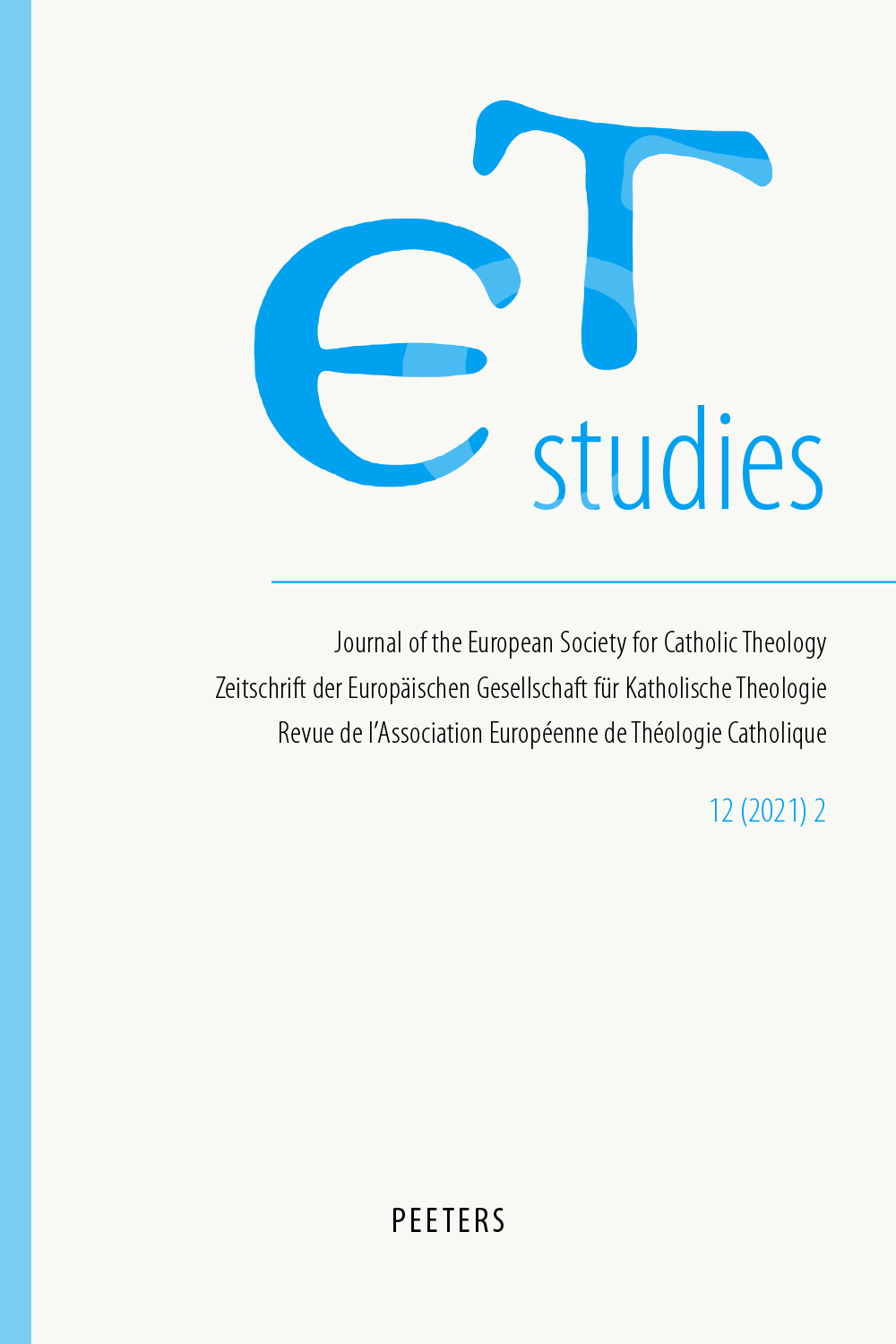 previous article in this issue previous article in this issue | next article in this issue  |

|
Document Details : Title: Designing the Human Condition Subtitle: Reflections on Technology and Religion Author(s): VERBEEK, Peter-Paul Journal: ET-Studies Volume: 1 Issue: 1 Date: 2010 Pages: 39-52 DOI: 10.2143/ETS.1.1.2053952 Abstract : Technology and religion have always had a complicated relation. On the one hand, the modesty and receptivity of religious experience seems to be at odds with the technological mastery over nature. On the other hand, many religious practices explicitly involve technology, and interacting with technology can have an explicit religious dimension. This article investigates the relations between technology and religion from the perspective of several central lines in the philosophy of technology. First, it elaborates two predominant approaches to technology; instrumentalism, which sees technology primarily as a neutral instrument, and substantivism, which attributes to technology the capacity to determine culture. Both positions will function as a basis to investigate the relations between religion and technology, resulting in the conclusion that an alternative approach is needed. Both positions depart from a radical separation of technology and society, in which the one has power over the other. Against these ‘externalist’ approaches to technology and humanity, this article articulates an approach that aims to do justice to the interwoven character of both. Technology then appears as constitutive for humanity. This approach will offer a basis to investigate the relations between technology and religion in new ways, understanding the religious dimension of the human-world relation – just like any other aspect of human existence – as inherently technologically mediated. The technological capacity to intervene in what has always been seen as the human condition – like the fact that humans are born, that we will die, and that we have a specific corporality – raises new religious questions. What do current technological developments imply for human natality and mortality – what would it mean if technology would change birth and death, if Geworfenheit (being ‘thrown’ into existence) would take the shape of Entworfenheit (being ‘designed’ into existence)? Precisely in dealing with those challenges lies the future of religion in our technological culture. |
 |
